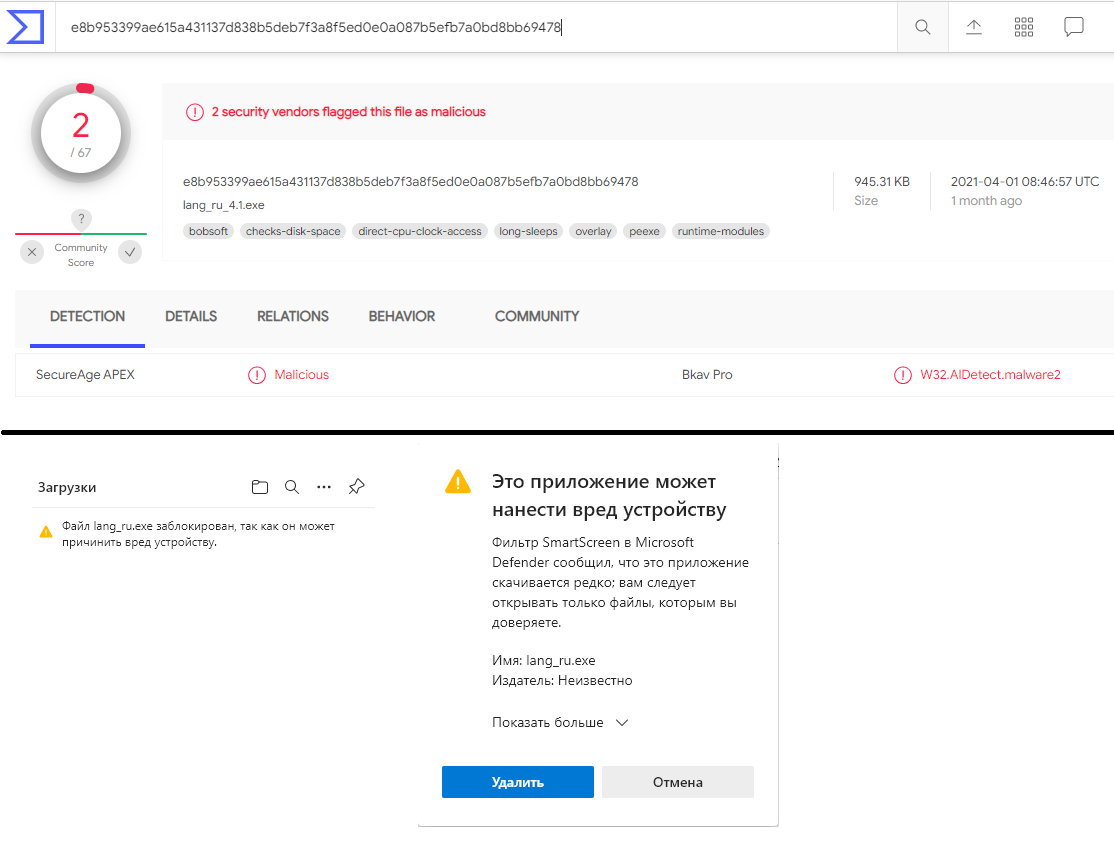

Should we implement sysfs based trace sessions for TRBE ? System registers being used here to configure ETE and TRBE could be Handler should capture trace for perf auxiliary buffer before restarting itīack. Have the PPI number for a given platform. DT or ACPI entry representing TRBE should The interrupt is a PPI and should beĬommunicated from the platform. Unlike traditional sinks, TRBE can generate interrupts to signal including Coresight path between ETE and TRBE are not builtĭuring boot looking at respective DT or ACPI entries. TRBE representation here have some distinct deviations from a traditionalĬoreSight sink device. As TRBE captures the traceĭata which is produced by ETE, it cannot work alone. With other traditional CoreSight sink devices. Primary reason is that the ETE source could work Provide a 1x1 configuration of source & sink. Trace Buffer Extensions (TRBE) implements a per CPU trace buffer, which isĪccessible via the system registers and can be combined with the ETE to Thus the ETE follows same firmwareĭescription as the ETMs and requires a node per instance. The ETE could be integrated with a TRBE (see below), or with the ETE only supports system instructions access from the
#Linux iptrace driver#
The ETE support is added by extending theĮTMv4 driver to recognise the ETE and handle the features as exposed by the Support the newer architecture features and some restrictions on the


ETE overlaps with the ETMv4 architecture, with additions to
#Linux iptrace series#
Series which applies on is avaialble here for quick access.ĮTE is the PE (CPU) trace unit for CPUs, implementing future architectureĮxtensions. Register instruction support series which is available here. This series enables future IP trace features Embedded Trace Extension (ETE)Īnd Trace Buffer Extension (TRBE). To: Khandual Cherian arm64: coresight: Enable ETE and TRBEĭate: Wed, 09:48:07 +0530
#Linux iptrace archive#
Without additional matches in the rule, it will apply whenever a packet is routed, in any direction.Arm64: coresight: Enable ETE and TRBE - Anshuman Khandual archive mirror help / color / mirror / Atom feed From: Anshuman Khandual Incrementing by 1 will cancel the automatic decrement by 1 done when routing a packet (you can choose other options in the linked manpage, like incrementing more or using -ttl-set 100): iptables -t mangle -A FORWARD -j TTL -ttl-inc 1 Setting or incrementing the TTL field can potentially be veryĭangerous, so it should be avoided at any cost. Here's a rope-to-hang-oneself relevant quote from the man: I'll use iptables because it provides an "increment" operation, so doesn't require to guess what would be a good value. Among them are tc, iptables and nftables. Linux has various tools working at various network layers to rewrite a TTL value. This might look difficult on network with heavy traffic, but the capture can be limited for example to packets having a TTL <= 5.Īnyway Here's enough rope to hang oneself. Normally the sane way would be to capture traffic at various points in network to see what happens with packets and their TTL, and especially to check if the same packet is seen multiple times on the same point except with a decrementing TTL value, strongly hinting at a loop. Rewriting the TTL might prevent this mechanism to trigger and bring involved nodes to their demise if enough traffic is injected to add more loops upon loops. The TTL is here to prevent loops to be infinite and allow looping traffic to be dropped at some time: when the TTL reaches 0.


 0 kommentar(er)
0 kommentar(er)
